Culture of Colombia, Colombia, a country located in the northern part of South America, is a land of remarkable cultural diversity and heritage. Its culture is a dynamic tapestry woven from the threads of history, geography, and a wide array of influences that have shaped the nation’s identity over the centuries. From the vibrant rhythms of cumbia and salsa to the exquisite flavours of Colombian cuisine, this South American nation offers a fascinating blend of tradition and modernity, indigenous roots and European influences, all set against a backdrop of stunning natural beauty.
Geographic and Historical Influences:
Colombia’s geographical diversity has had a profound impact on its culture. The country’s vast topographical variations, from the Andes Mountains to the lush Amazon rainforest, have created distinct regional identities. The diversity of landscapes has shaped various cultural practices and traditions, making Colombia a country with a rich tapestry of local cultures.
Historically, Colombia’s culture has been significantly influenced by a mix of indigenous, Spanish colonial, and African elements. The indigenous people who inhabited the region before Spanish colonization, such as the Muisca and Tairona, had complex societies with their own languages, art, and agricultural practices. The arrival of the Spanish in the early 16th century brought Catholicism, the Spanish language, and European customs. The mingling of these diverse elements has produced a unique cultural blend.
Music and Dance:
One of the most celebrated aspects of Colombian culture is its music and dance. From the soul-stirring melodies of vallenato to the infectious rhythms of cumbia, Colombia is a nation of music lovers. Cumbia, with its African and indigenous influences, combines drum beats, flutes, and dance to create an energetic and colourful spectacle. Salsa, which originated in the Caribbean coast, is another genre that has gained worldwide popularity.
Perhaps the most iconic Colombian musical figure is the late Shakira, who not only became a global pop sensation but also celebrated her roots through her music. The Colombian culture of dance is equally captivating, with traditional dances like the bambuco and the mapalé continuing to be cherished and performed during festivals and special occasions.
Cuisine:
Colombian cuisine is a delectable reflection of the country’s diverse geography and history. A staple in Colombian households, the arepa, a thick, round corn cake, is a versatile food item that varies from region to region. In coastal areas, seafood dishes, like ceviche and fried fish, are popular, while the Andean region is known for hearty stews and soups like ajiaco and sancocho. Bandeja paisa, a dish originating from the Paisa region, is a hearty platter featuring beans, rice, meat, avocado, and more.
The fruit diversity in Colombia is astounding, with tropical fruits like guanabana, lulo, and passion fruit delighting the palate. Colombian coffee is renowned worldwide for its exceptional quality, and coffee culture is deeply ingrained in the national identity.
Art and Craftsmanship:
Colombian art is a fusion of pre-Columbian, colonial, and contemporary influences. The country’s artistic heritage is rich in colour, symbolism, and storytelling. The works of renowned artists like Fernando Botero, known for his distinctive “Boterismo” style, reflect the vibrant and exaggerated portrayal of life. Colonial cities like Cartagena and Popayán are home to stunning architectural gems with Spanish colonial influences.
Colombian craftsmanship is celebrated for its exquisite detail and creativity. Indigenous communities create intricate handwoven textiles, pottery, and jewellery, often inspired by their cultural heritage. The Wayuu mochila bags, made by the Wayuu people, are an example of this remarkable craftsmanship.
Festivals and Traditions:
Colombians are known for their exuberant festivals and traditions. The Carnival of Barranquilla, one of the largest carnivals in the world, is a spectacular display of music, dance, and colourful costumes. The Feria de las Flores in Medellín is another celebrated event, featuring a mesmerizing parade of flower-covered floats. Semana Santa (Holy Week) is observed with solemn processions, while the Festival de Diablos y Congos in Portobelo showcases African-influenced dances and traditions.
Religious Practices:
Religion plays a significant role in Colombian culture, with the majority of the population adhering to Catholicism. Religious festivities, such as Christmas and Easter, are celebrated with great fervour. Colombian Catholicism incorporates indigenous and African elements, leading to unique religious syncretism in various regions.
Languages and Literature:
The official language of Colombia is Spanish, and it is an integral part of the country’s identity. Colombian literature has produced many notable writers, such as Gabriel García Márquez, who was awarded the Nobel Prize in Literature for his magical realism, a genre that blends the extraordinary with the ordinary. His famous work, “One Hundred Years of Solitude,” is a masterpiece that has left an indelible mark on world literature.
Natural Beauty and Outdoor Activities:
Colombia’s diverse geography offers a playground for outdoor enthusiasts. From the pristine beaches of the Caribbean coast to the lush Amazon rainforest, the country is a haven for eco-tourism. Ciudad Perdida, or the “Lost City,” is an ancient archaeological site hidden in the dense jungle, drawing adventurers and history buffs. The Andes Mountains provide opportunities for hiking and trekking, offering breathtaking views of the landscape.
Challenges and Opportunities:
Colombia has not been without its share of challenges. The country has experienced periods of political instability and conflict, which have had significant social and economic repercussions. Nevertheless, the resilient spirit of the Colombian people has led to efforts for peace and progress. The peace accord with the Revolutionary Armed Forces of Colombia (FARC) in 2016 marked a significant step toward stability.
Today, Colombia is emerging as a thriving economy with a burgeoning tourism industry, as visitors from around the world discover the beauty and warmth of the Colombian people. The country’s rich cultural heritage is an invaluable asset that continues to shape its identity and create opportunities for growth and international recognition.
In conclusion, Colombian culture is a vibrant and dynamic tapestry, woven from the threads of history, geography, and diverse influences. From its enchanting music and dance to its delectable cuisine and artistic expressions, Colombia is a nation that embraces its unique identity and welcomes the world to experience its rich cultural heritage. The blend of indigenous, European, and African elements has created a truly unique culture that captivates and inspires those who explore this beautiful and diverse nation. Colombia’s story is one of resilience, creativity, and a celebration of life in all its vibrant colours.



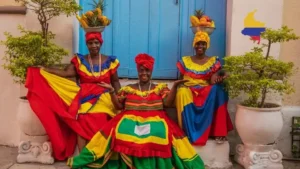
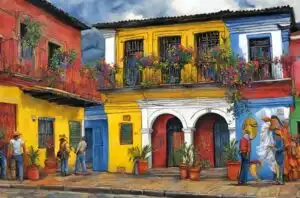
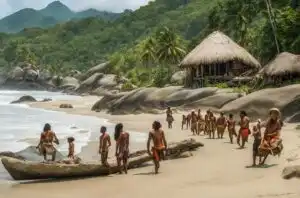

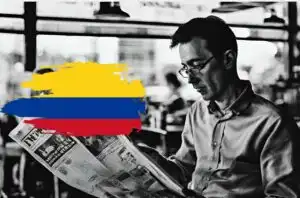
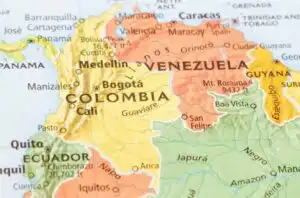

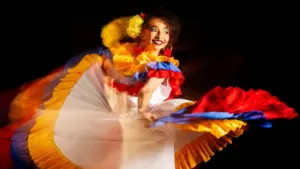


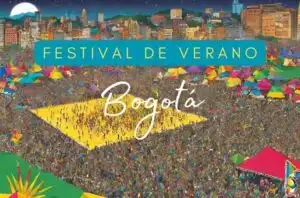
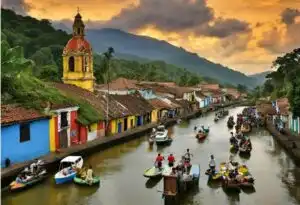

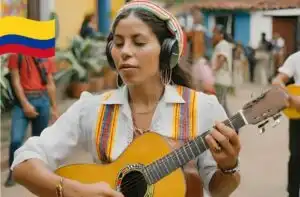
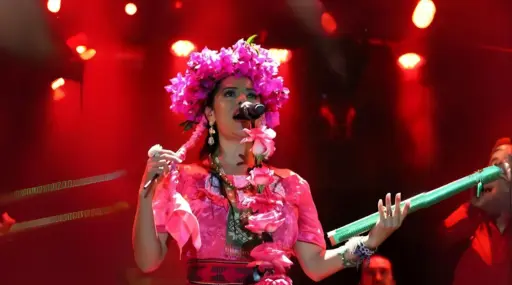
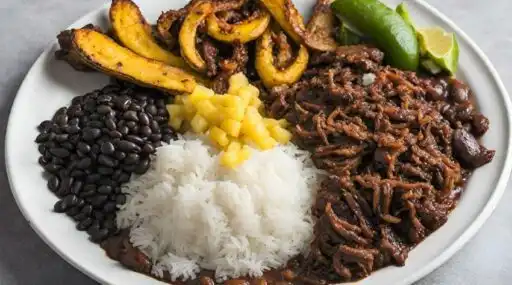
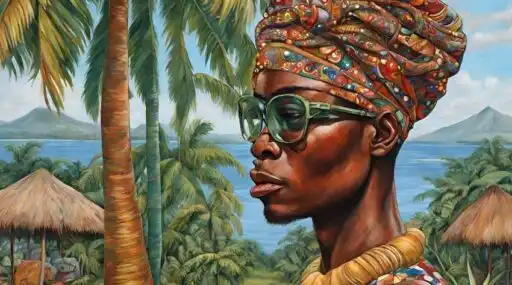

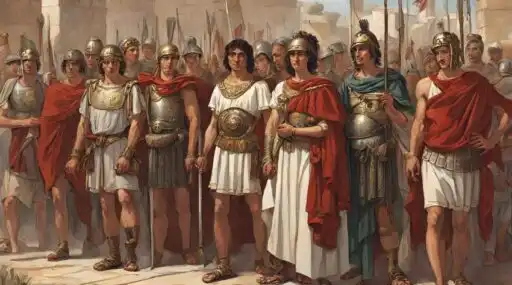

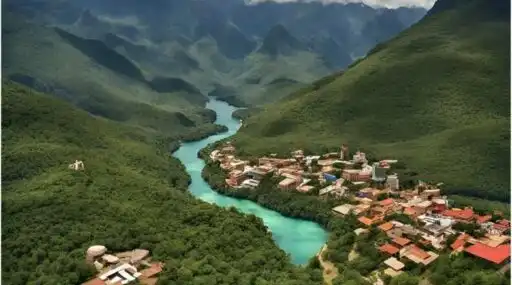






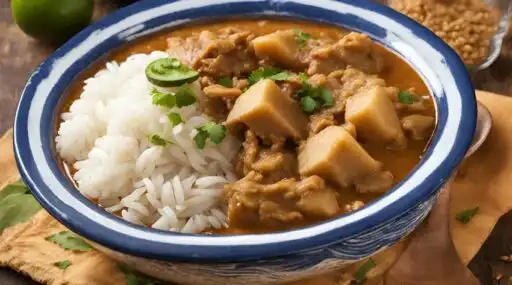


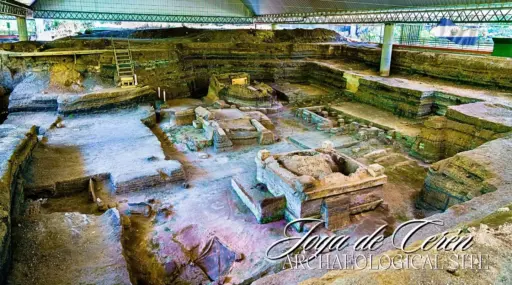

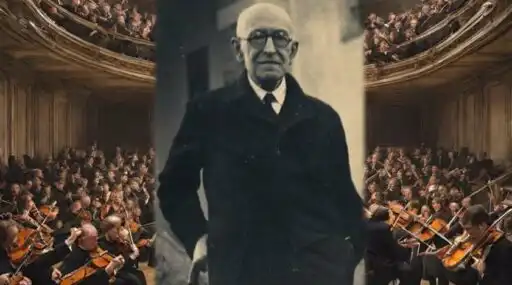

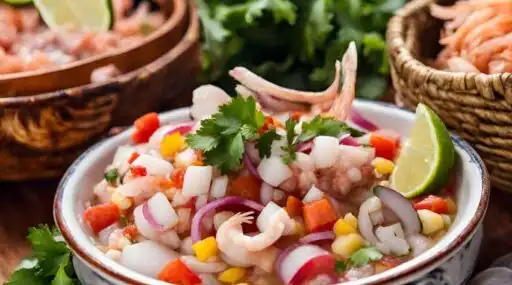
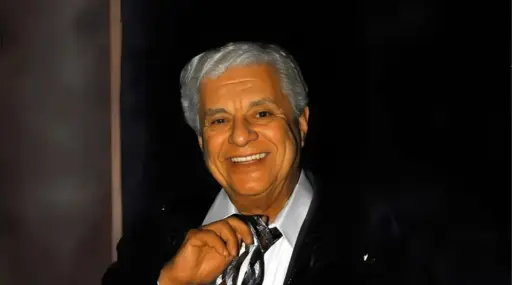
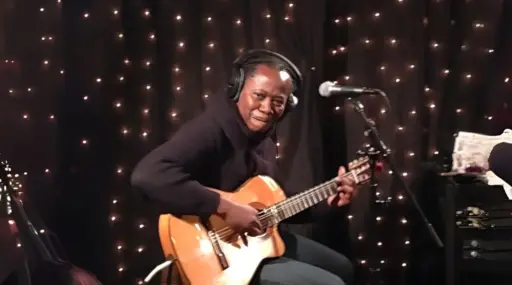

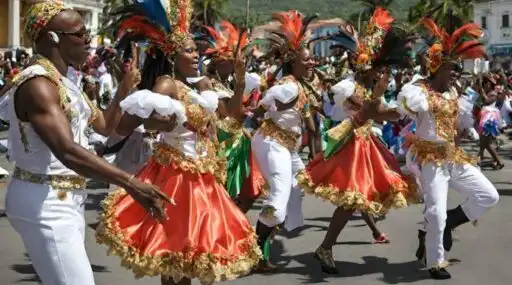
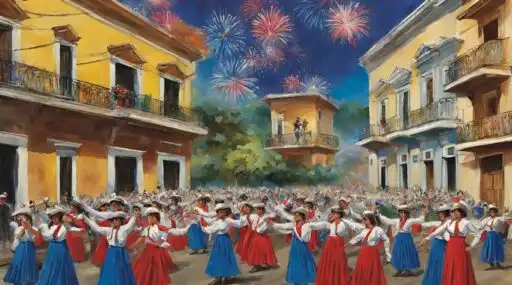
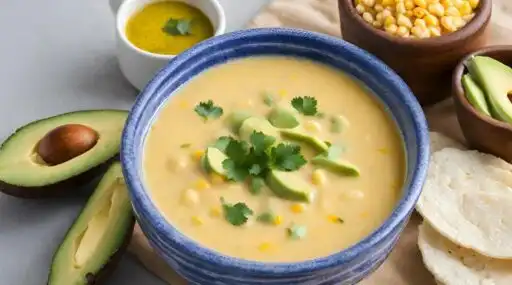
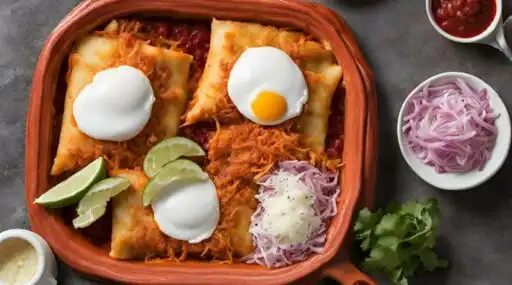
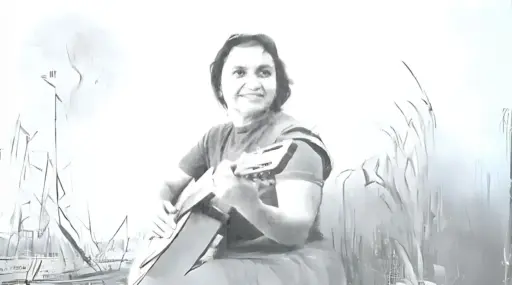

Leave a Reply